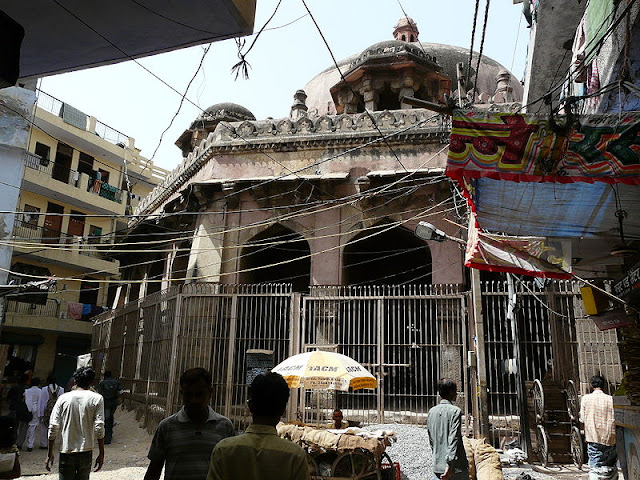Mubarak Shah: The Second Ruler of the Sayyid Dynasty

Mubarak Shah's tomb / Image Credit After the death of his father Khizr Khan, the founder of the Sayyid dynasty, Mubarak Shah ascended the throne of Delhi Sultanate. Mubarak Shah, who was nominated as the successor by his father, became the sovereign ruler of Delhi on the very day of the latter's death (20th May, 1421). Unlike his father, he assumed royal title. It was during Mubarak Shah’s reign that Yahiya bin Ahmad Sarhindi composed his Ta'rikh-i-Mubarak Shahi, dedicated to the Sayyid ruler. Like that of his father, his reign is also not marked by any important event. He suppressed the rebellions at Bhatinda and in the Doab. Khokars under Jasrat tired to pose challenge to the authority of Delhi Sultanate. Mubarak’s reign saw the ascendancy of the Hindu nobles in the court. Mubarak Shah fell prey to a conspiracy hatched by the Delhi nobles, both Muslims and Hindus, under the leadership of the disgruntled and unscrupulous w
